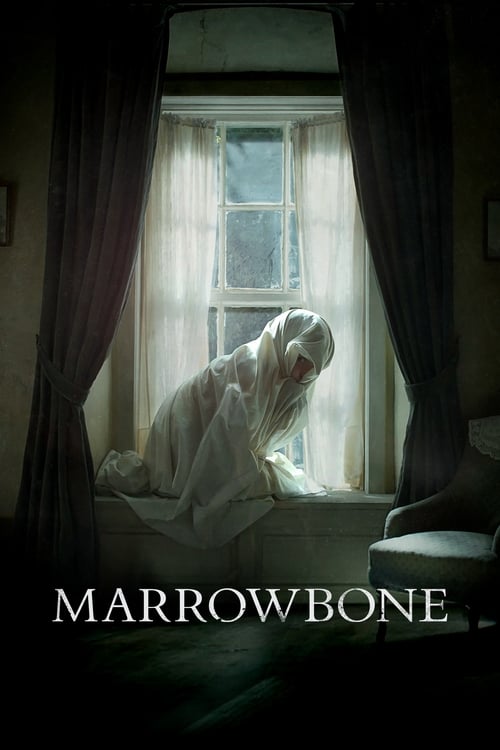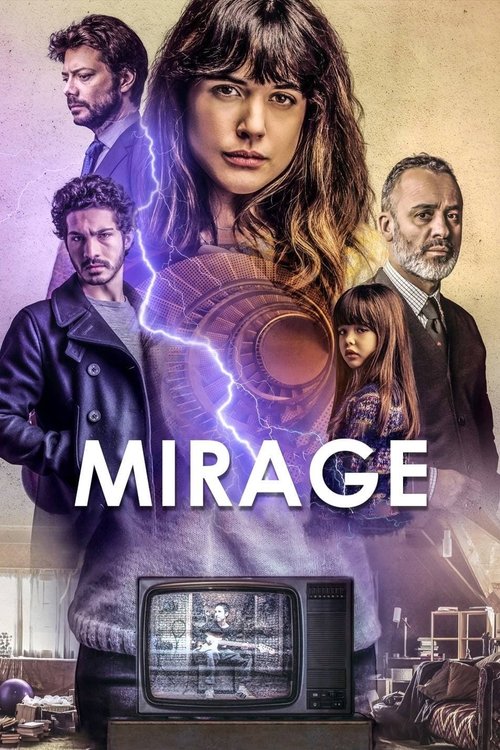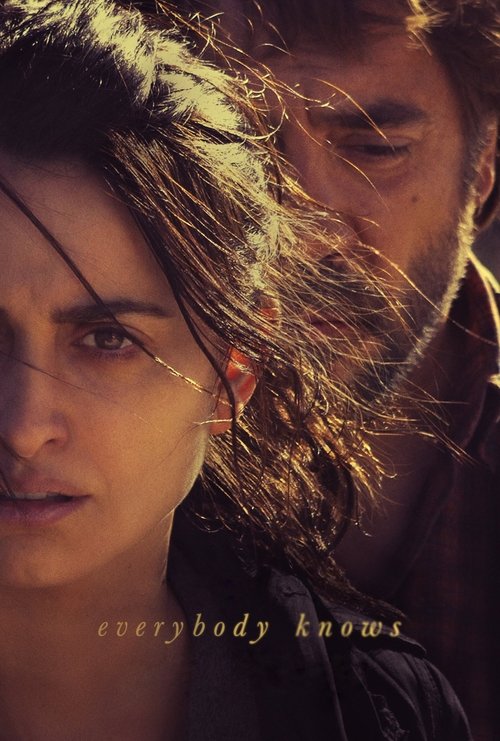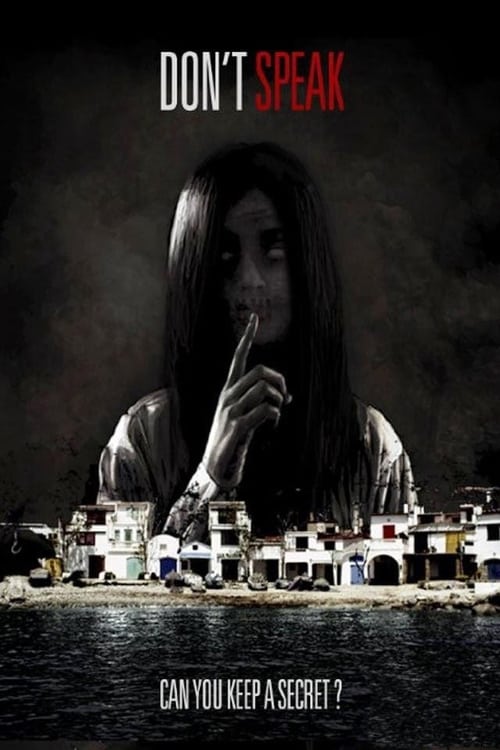
Ask Your Own Question
What is the plot?
What is the ending?
In the ending of "Blood Will Tell," the protagonist, a woman named Kira, confronts the truth about her family's dark past. After a series of intense revelations and confrontations, she ultimately decides to take control of her destiny, leading to a climactic showdown with the antagonist. The film concludes with Kira finding a sense of closure, but at a significant personal cost.
As the final act unfolds, Kira stands in the dimly lit room of her childhood home, the air thick with tension. The walls, adorned with faded photographs, echo the memories of a life she once knew. She clutches a family heirloom, a symbol of her lineage, as she prepares to face the truth that has haunted her for years. The flickering light casts shadows that dance ominously around her, mirroring the turmoil within.
In the next scene, Kira confronts her estranged father, a man burdened by guilt and secrets. Their dialogue is charged with emotion, each word a dagger that cuts deeper into their fractured relationship. Kira demands answers about her mother's mysterious death, a question that has lingered like a ghost in her mind. Her father, visibly shaken, reveals the dark history of their family, a tale of betrayal and violence that has been buried for too long. The revelation hits Kira like a tidal wave, her heart racing as she grapples with the weight of her heritage.
As the confrontation escalates, Kira's father attempts to justify his actions, but Kira, fueled by a mix of anger and sorrow, refuses to accept his excuses. The room becomes a battleground of emotions, with Kira standing firm in her resolve to break free from the chains of her past. The tension reaches a boiling point, and in a moment of desperation, Kira makes a choice that will change everything.
In the climactic scene, Kira takes a stand against the antagonist, a figure who embodies the darkness that has plagued her family. The confrontation is intense, filled with raw emotion as Kira fights not just for her own life, but for the truth that has been denied to her. The struggle is physical and psychological, a manifestation of Kira's internal battle to reclaim her identity and her future.
As the dust settles, Kira emerges victorious but not unscathed. The cost of her triumph is evident in her weary expression, a mixture of relief and sorrow. She stands amidst the remnants of the chaos, the weight of her choices heavy on her shoulders. The camera lingers on her face, capturing the complexity of her emotions as she contemplates the path ahead.
In the final moments, Kira walks away from the house, the sun rising in the distance, symbolizing a new beginning. She leaves behind the ghosts of her past, but the scars remain, a reminder of the battles fought and the sacrifices made. The film closes with Kira's silhouette against the dawn, a powerful image of resilience and hope.
The fates of the main characters are intertwined with Kira's journey. Her father, burdened by his past, is left to grapple with the consequences of his actions, a man forever changed by the truth. The antagonist, defeated, serves as a stark reminder of the darkness that can lurk within families. Kira, however, emerges as a symbol of strength, having faced her demons and chosen to forge her own path, embodying the film's central themes of truth, redemption, and the enduring struggle for self-identity.
Is there a post-credit scene?
In the movie "Blood Will Tell," there is no post-credit scene. The film concludes its narrative without any additional scenes or content after the credits roll. The story wraps up with a sense of finality, leaving the audience to reflect on the events that have unfolded throughout the film. The absence of a post-credit scene emphasizes the resolution of the main plot and the characters' journeys, allowing viewers to fully absorb the emotional weight of the story's conclusion.
What role does the supporting character play in the protagonist's journey?
The supporting character serves as both a confidant and a moral compass for the protagonist. They provide emotional support and guidance, often challenging the protagonist's decisions and urging them to consider the consequences of their quest for revenge, which adds depth to the protagonist's internal conflict.
What motivates the main character to seek revenge in Blood Will Tell?
The main character, driven by a deep sense of betrayal and loss, is motivated to seek revenge after a traumatic event that shatters their life. This event is rooted in personal tragedy, leading to a relentless pursuit of justice against those who wronged them.
How does the relationship between the protagonist and antagonist evolve throughout the film?
The relationship between the protagonist and antagonist evolves from one of initial respect to intense animosity. As the protagonist uncovers the antagonist's dark secrets and manipulations, their interactions become increasingly charged with tension, culminating in confrontations that reveal their conflicting ideologies and personal stakes.
What are the key turning points in the plot that lead to the climax of Blood Will Tell?
Key turning points include the discovery of a crucial piece of evidence that links the antagonist to the protagonist's tragedy, a betrayal by a trusted ally that deepens the protagonist's isolation, and a pivotal confrontation that forces the protagonist to confront their own motivations and the cost of their revenge.
How does the setting influence the mood and tone of Blood Will Tell?
The setting, often depicted as dark and gritty, enhances the film's mood of tension and foreboding. Locations such as abandoned buildings and shadowy alleyways reflect the protagonist's internal turmoil and the dangerous world they navigate, creating an atmosphere that underscores the themes of betrayal and vengeance.
Is this family friendly?
"Blood Will Tell," produced in 2019, is not considered family-friendly due to its mature themes and content. The film contains several potentially objectionable or upsetting aspects, including:
-
Violence: There are scenes depicting physical confrontations and bloodshed, which may be distressing for younger viewers or those sensitive to graphic content.
-
Death: The film addresses themes of mortality and loss, featuring characters who experience significant trauma related to death.
-
Emotional Turmoil: Characters undergo intense emotional struggles, including grief, betrayal, and revenge, which may be heavy for children or sensitive audiences.
-
Dark Themes: The narrative explores themes of vengeance and moral ambiguity, which may be unsettling for younger viewers.
-
Strong Language: The dialogue includes profanity and harsh language that may not be suitable for all audiences.
These elements contribute to a tone that is more appropriate for mature viewers rather than children.































